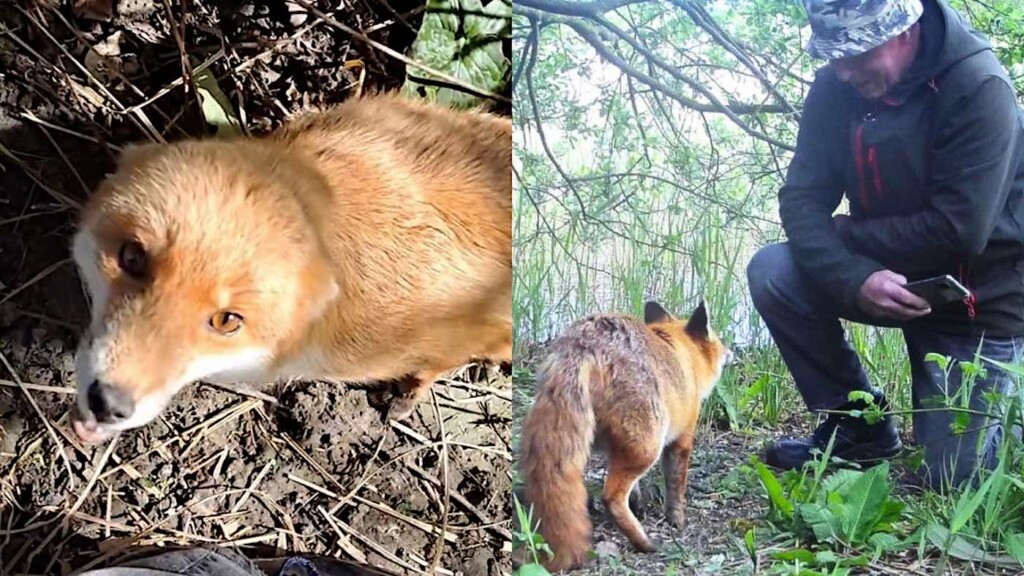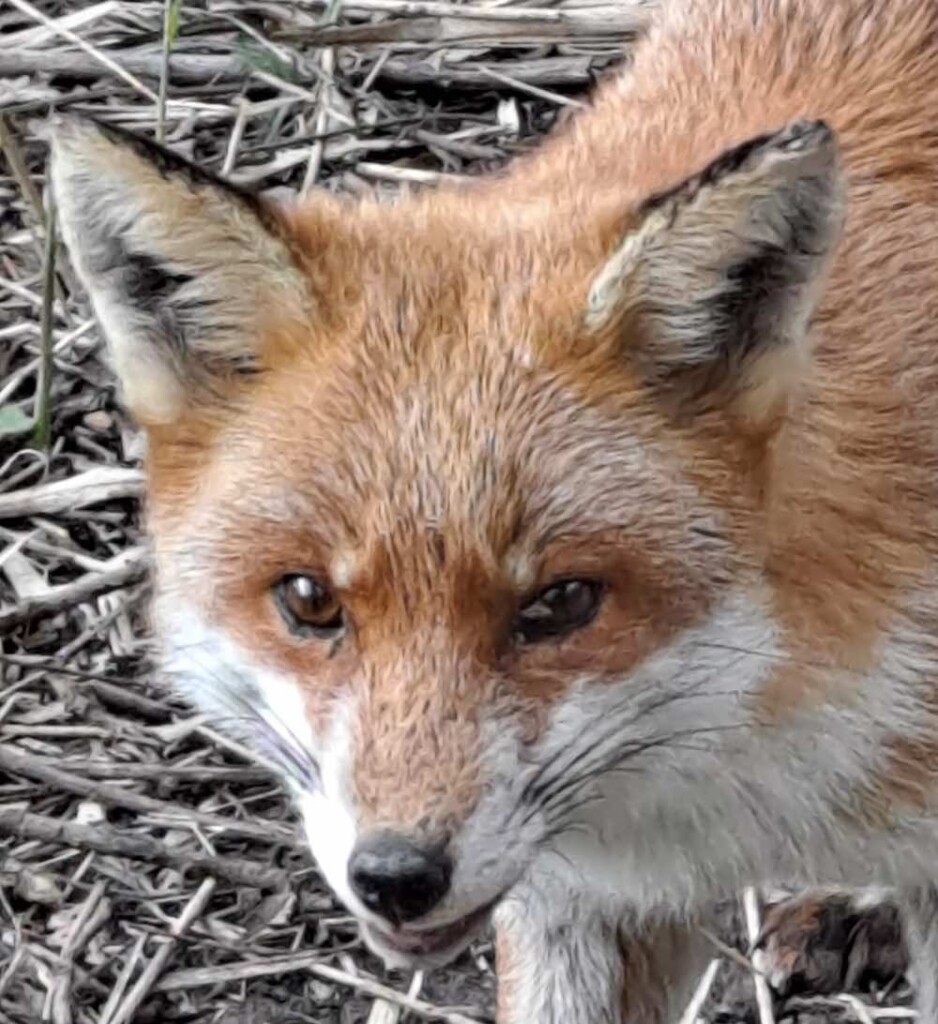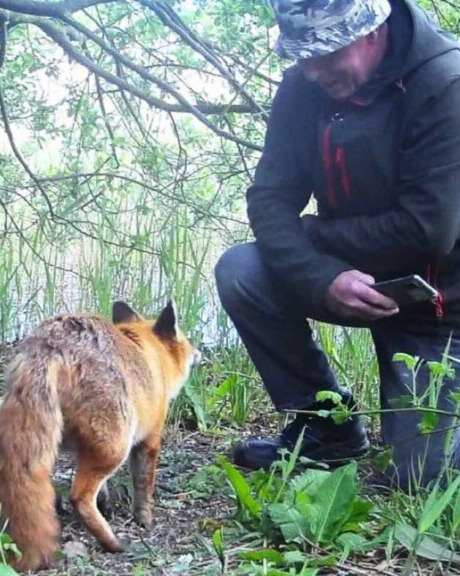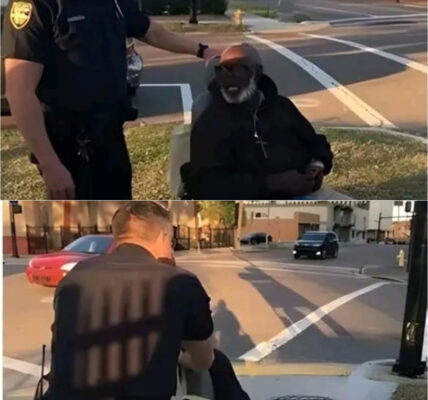In the quiet woodlands of Littleport, Cambridgeshire, an unlikely friendship began to take shape—one that blurred the line between the wild and the human heart. Bob Dunlop, a 69-year-old wildlife enthusiast, had been monitoring the creatures that passed near his home with trail cameras when something unusual caught his eye.

One fox cub stood out. She was young, small, and her tail looked bare, stripped of fur. Mange—a painful skin disease caused by mites—was taking its toll. Most would have looked away, writing her off as just another casualty of the harsh countryside. But Dunlop could not ignore her suffering.
Determined to help, he worked out where her den was located and reached out to the National Fox Welfare Society for advice. They responded with a remedy: a free supply of homeopathic arsenicum and sulphur drops. Dunlop mixed the treatment with bread and dried food and began leaving it daily at the edge of the woods.
At first, it was a simple act of compassion—a man making sure a wild animal got the care it needed. But as the weeks passed, something remarkable happened. The cub began to notice him. Slowly, cautiously, she started waiting for his arrival. Then she began approaching him directly.
What followed was a transformation, not just in the fox’s health but in her behavior. Her mange began to heal, the fur slowly returning to her tail. She grew stronger, more playful. She began to greet Dunlop on his daily walks with yelps and whines, rolling on her back like a dog eager for affection. Sometimes, she tugged at his trousers with her teeth, demanding attention.

“It was a labor of love,” Dunlop later said. “I monitored and fed her on a daily basis. The day I put the food down and she first showed her belly, it was just wonderful.”
This cub was not only surviving, she was thriving—and in return, she gave her rescuer something he never expected: companionship. To Dunlop, it seemed she was the last remaining cub of a family of foxes that once roamed the area, a lonely animal who had found in him a friend.
But as tender as their bond was, Dunlop knew it could not last forever. “She’s such a special animal,” he admitted, “but I do not intend to make her tame as she is a wild fox.” With that understanding, he began the delicate process of stepping back. He stopped feeding her and reduced the amount of time he spent visiting, preparing her to return fully to her wild ways.
Letting go is never easy. Each time he saw her rolling at his feet or running toward him with joy, Dunlop was reminded of the deep connection they had forged. But in his heart, he knew that his greatest act of love would be to give her back to the wild—to the life she was always meant to live.
“It will be hard to let go,” he confessed. “But she was a lonely animal that was ill, has recovered, and is showing her appreciation.”
What began as a rescue became a story of healing for both man and fox. In a world where humans and wildlife so often clash, their friendship is a reminder of the quiet ways compassion can bridge the gap between species. For Dunlop, the cub will always remain more than a woodland fox—she will be a symbol of trust, resilience, and the wild beauty of giving without expecting anything in return.




